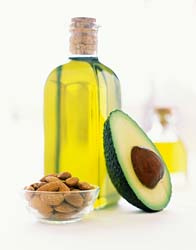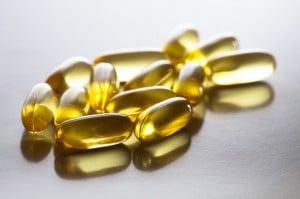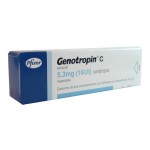By Anthoney J. Andersen – Steroidal.com
Most people have probably wondered at one point in their life if there is such a thing as a “good fat.”
Prepare to be bedazzled, as you worm your way along the fatty brick road and discover the differences between good fats and the bad.
HEALTHY FAT: MYTH OR FACT?
Similar to carbohydrates, fats can be divided up into two categories: vital and unhealthy.
“We speak about fats differently now than we used to,” says Sandra Meyerowitz, a nutritionist and owner of Nutrition Works in Louisville, KY.
“They all used to be clumped together, and now we separate them out, by steering clear of the saturated and trans fat, which are unhealthy, and lean toward the other ones.”
Don’t be mistaken, doctors and experts like Meyerowitz aren’t advocating that everyone start rushing toward the fried foods. They recommend that we simply educate ourselves on how to spot the healthy fats.
“The unsaturated fats are the kind that are better for us,” says Meyerowitz. “Unsaturated fats – both monounsaturated and polyunsaturated ¾ include fats like the anti-inflammatory omega-3 fatty acid.”
TRANS FATS
When it comes to trans fats, they can be grouped into two types: naturally occurring and artificial. Naturally occurring trans fats originate in the gut of some animals, and foods contrived from these animals – milk and meat products, for example – may embody small traces of these fats.
Artificial trans fats stem from the mixture of hydrogen into liquid vegetable oils to make them more solid.
The main source of trans fat can be found in processed foods and meats. In 2013, the Food and Drug Administration (FDA) concluded that partially hydrogenated oils are no longer Generally Recognized as Safe (GRAS) in human food.
SATURATED FATS
This harmful type of fat can be found mostly in animal products – red meat, poultry and fatty dairy products.
According to Mayo Clinic, saturated fat has been linked to high cholesterol levels, which can amplify your chances of getting cardiovascular disease and type 2 diabetes.
MONOUNSATURATED FATS
This healthy type of fat can be discovered in a plethora of foods and oils. According to WebMD, consuming foods that are high in monounsaturated fats (MUFAs) have been known to enhance a person’s blood cholesterol levels, which decreases the chance of developing heart disease.
Furthermore, eating foods with MUFAs can also assist in regulating insulin levels, which can be beneficial for a person struggling with type 2 diabetes.
POLYUNSATURATED FATS
These vital fats can be found in many plant-based foods and oils. Like with MUFAs, polyunsaturated fats (PUFAs) help lower cholesterol levels and aid in blood sugar control in diabetic individuals.
These type of fatty acids are essential for heart health and stem from various polyunsaturated fats. Omega-3s can be found in fish oil supplements, as well as some fatty fish – like tuna.
According to the American Heart Association, Omega-3s can truncate the risk of coronary heart disease and safeguard against irregular heartbeats, while decreasing blood pressure levels.
Omega-3s can also be found in plant-based foods, however, the body struggles with breaking it down. The best source of omega-3s comes from fish.
BELIEVE IT OR NOT, FAT IS ESSENTIAL
Disregard the notion that consuming fat – even in small quantities – is unhealthy. The human body needs fat to survive.
If you avoid eating fat altogether, then you can run the risk of putting on weight.
Sounds crazy, right?
Well, it’s not.
According to the National Institutes of Health (NIH), Americans during the 1960s – before the weight craze and the gaggle of weight loss plans – people were receiving about 45 percent of their daily calories from fat.
At that time, it was recorded that only about 13 percent of Americans were obese.
The Centers for Disease Control and Prevention (CDC) reports that roughly 34 percent of Americans today are defined as obese.
Why the huge disparity in percentage, you ask?
Well, experts and nutritionists believe that people today are exchanging fats for more unhealthy alternatives like foods that are chalked full of sugar-laden carbohydrates.
The recommended serving of daily fats, according to WebMD, is between three and nine servings each day. This of course depends on your calorie intake and overall diet goals.
THE BIG FAT CONCLUSION
When it comes to what fats to eat, try to steer clear of foods high in saturated and trans fats. And don’t completely eliminate fat from your diet – the heart and brain need it to function properly.
So, feel free to indulge in your favorite burger or dessert item – keeping in mind that this should be done in moderation.
As long as you do that, fat can be both a vital and delicious experience.
Enjoy.








